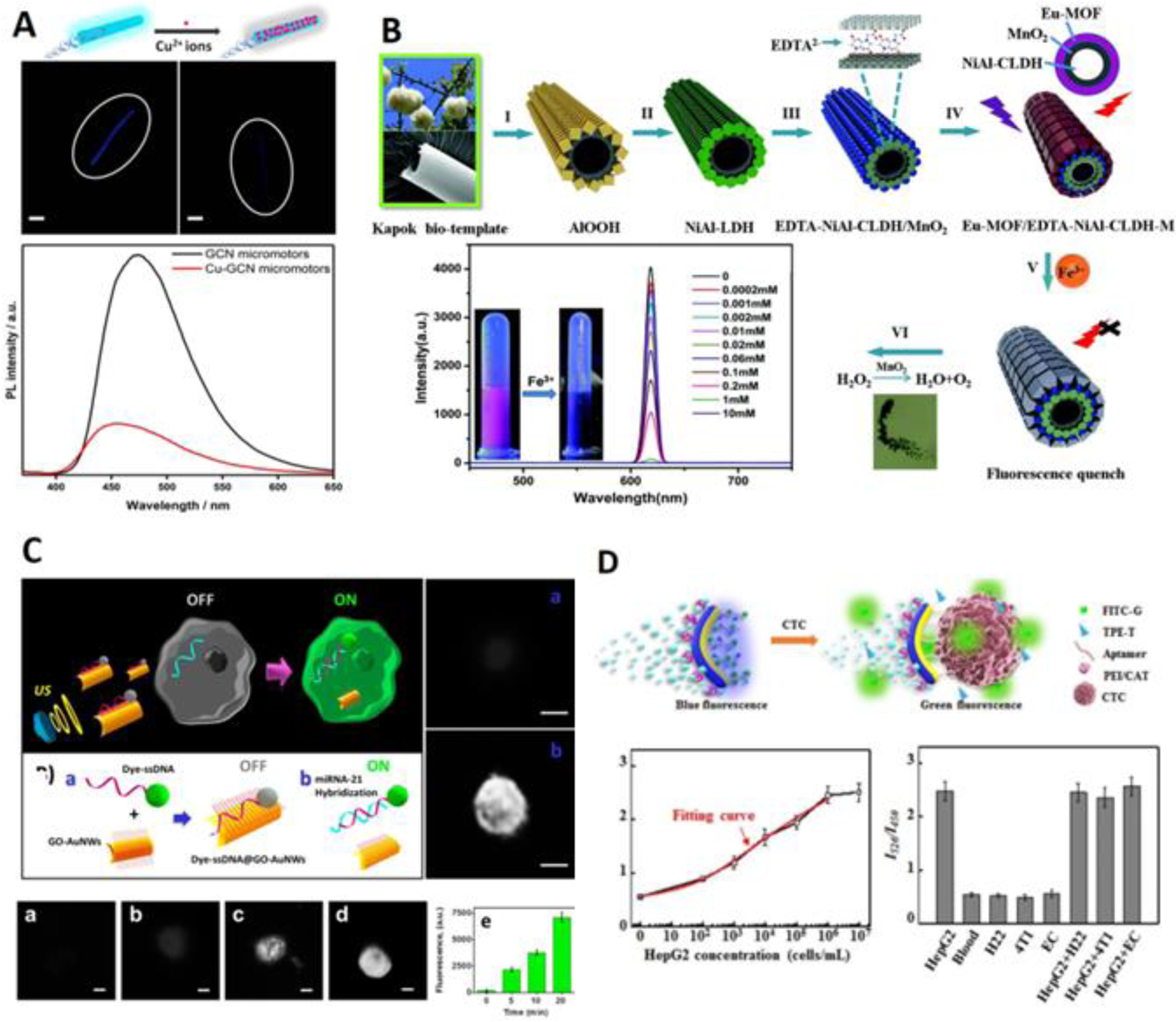Figure 7. Fluorescence Sensing Based on Micro-/Nanorobotics.

(A) “On-off” fluorescence sensing by copper ion quenching of fluorescence on micromotor, time-lapse images of fluorescence intensity (7 min) (scale bar: 10 m), and photoluminescence overlapped spectra of micromotor at excitation of 350 nm (reprinted from ref. 122 with permission, copyright 2018, American Chemical Society). (B) Bio-template fabrication of micromotor and the sensing and removal of Fe3+. The inset shows the fluorescence intensity in response to different concentrations of Fe3+(reprinted from ref. 123 with permission, copyright 2019, The Royal Society of Chemistry). (C) “Off-on” fluorescence sensing of miRNA by nanomotor in cell. (a) to (d) fluorescence images of MCF-7 cells after incubation with nanomotor for 0, 5, 10 and 20 min, scale bar: 10 m. (e) dependence of fluorescence signal upon ultrasound exposure time (reprinted from ref. 128 with permission, copyright 2015, American Chemical Society). (D) Ratiometric fluorescence detection of CTC by Janus micromotor. The insets show the ratio of with different concentrations of HepG2 cells (n=3) and the ratio in response to different cells (reprinted from ref. 134 with permission, copyright 2020, Elsevier B.V.).
